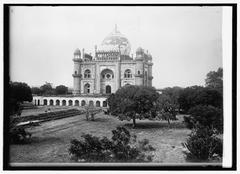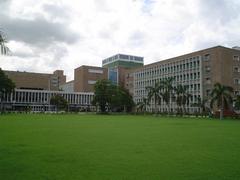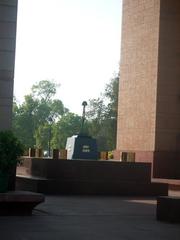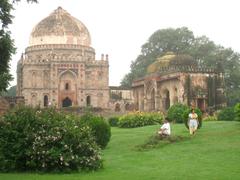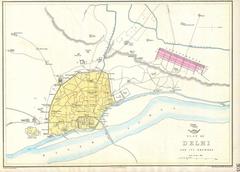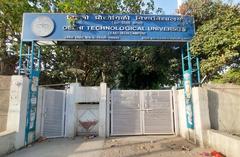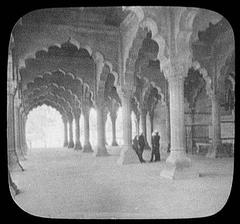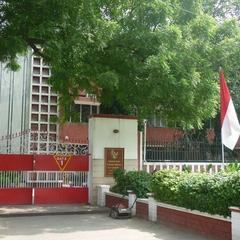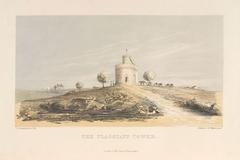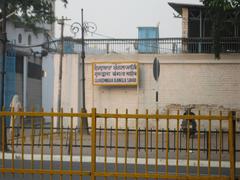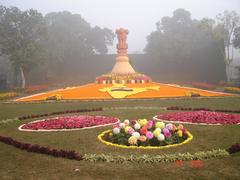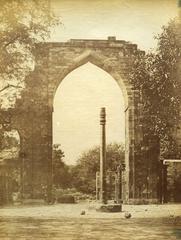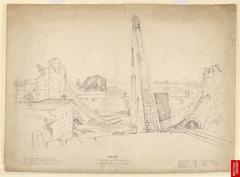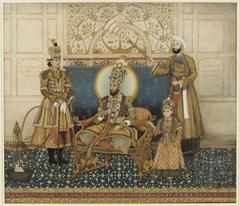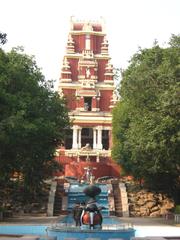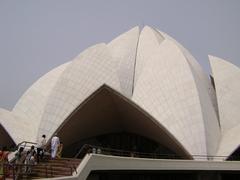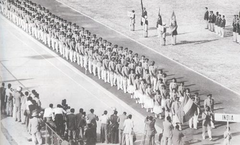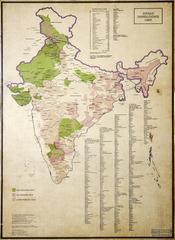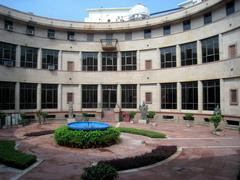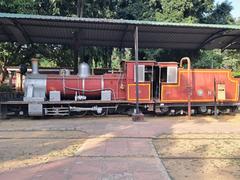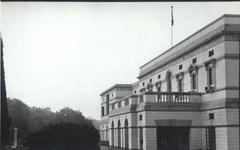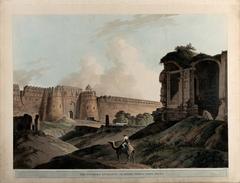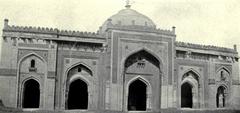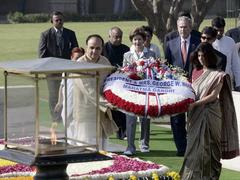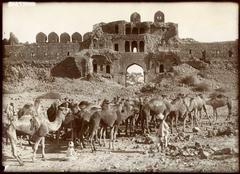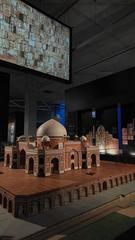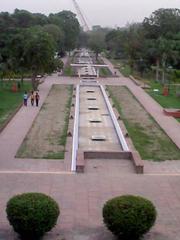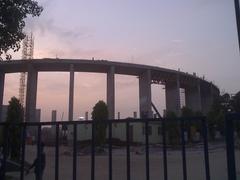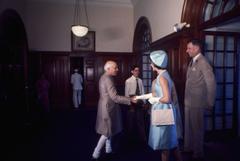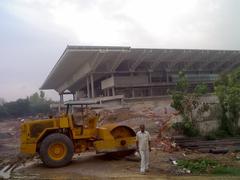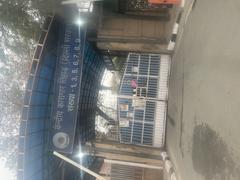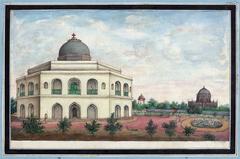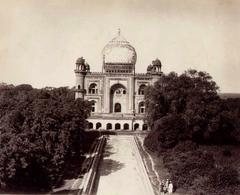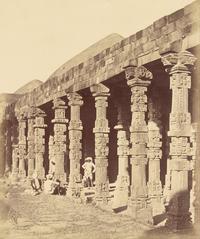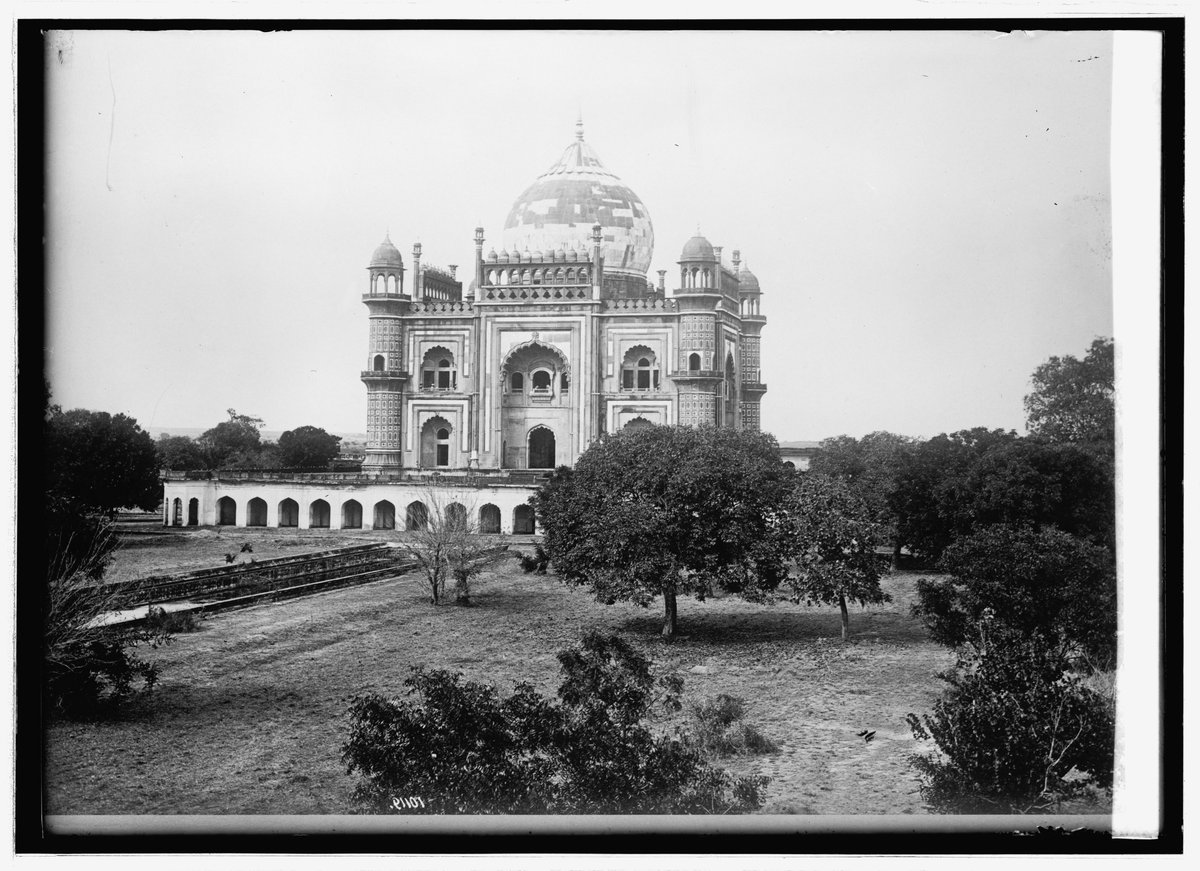
Humayun’s Tomb, New Delhi: Visiting Hours, Tickets, and Historical Site Guide
Date: 14/06/2025
Introduction: History and Cultural Significance
Humayun’s Tomb, located in the heart of New Delhi, stands as a monumental testament to Mughal grandeur and the evolution of Indo-Islamic architecture. Commissioned by Empress Bega Begum for her husband, Emperor Humayun, and completed in 1572, it was the first garden-tomb in the Indian subcontinent and introduced the Persian Charbagh (four-part) garden layout to India. This innovation influenced future masterpieces such as the Taj Mahal and established new benchmarks in architectural harmony and imperial symbolism. Beyond its architectural brilliance, Humayun’s Tomb is a dynastic burial site, encapsulating Mughal cultural identity and imperial legitimacy (History Tools; Alight India).
Restoration projects led by the Aga Khan Trust for Culture and the Archaeological Survey of India have preserved its splendor, making it a key destination for travelers, history enthusiasts, and architecture lovers alike (Nizamuddin Renewal). This guide provides detailed information on visiting hours, ticketing, accessibility, travel tips, and nearby attractions, ensuring that your experience at Humayun’s Tomb is seamless and enriching (Delhi Tourism).
Table of Contents
- Introduction & History
- Historical Context of Humayun’s Tomb
- The Tomb Complex & Architectural Brilliance
- Restoration and Conservation Efforts
- Visitor Information: Hours, Tickets, Accessibility
- Travel Tips & On-Site Experience
- Nearby Attractions
- FAQs
- Conclusion
- References
Historical Context
Humayun and the Mughal Empire
Humayun’s Tomb is rooted in the legacy of the Mughal Empire, which once governed vast expanses of the Indian subcontinent. Emperor Humayun (reigned 1530–1540, 1555–1556) played a pivotal role in consolidating Mughal power and introducing Persian cultural influences to India. After his death in 1556, Empress Bega Begum commissioned the tomb in his honor, with construction beginning in 1565 and concluding in 1572 (History Tools; Alight India).
Patronage and Construction
Empress Bega Begum not only financed the construction (at a cost of 1.5 million rupees) but also selected Persian architect Mirak Mirza Ghiyas, whose son completed the project after his death (CityBit). The tomb’s monumental platform and impressive dome became a template for future Mughal monuments (TTicketPricing).
Architectural Innovations
Humayun’s Tomb introduced the Persian Charbagh garden design and used a combination of red sandstone and white marble at an unprecedented scale. Its double dome and chhatris (domed kiosks) became hallmarks of Mughal architecture. The site’s geometric harmony and cosmic symbolism reflect the Mughal fascination with order and paradise (Alight India; DailyArt Magazine).
UNESCO World Heritage Status
Recognized for its universal value and influence, Humayun’s Tomb was declared a UNESCO World Heritage Site in 1993 (Alight India).
The Tomb Complex & Architectural Brilliance
The Charbagh Garden and Main Structure
The 30-acre tomb complex is meticulously planned around the Charbagh layout, where quadrants are divided by walkways and water channels—symbolizing paradise. The main mausoleum stands on a raised platform, with the white marble double dome reaching 42.5 meters in height (Cultural India; Political Funda).
Interior and Decorative Features
Grand arches, intricate jali (lattice) screens, and eight blue-tiled chhatris crown the roofline. The central chamber houses Humayun’s cenotaph, with several Mughal royals buried in surrounding chambers (India OnGo; GoToIndia).
Other Structures
- Isa Khan’s Tomb: Pre-dates Humayun’s Tomb and showcases pre-Mughal design.
- Barber’s Tomb (Nai-ka-Gumbad): Reflects court hierarchy.
- Afsarwala Tomb and Mosque, Arab Serai, Bu Halima’s Tomb: Each adds historical depth to the complex (Cultural India; India OnGo).
Restoration and Conservation
By the late 20th century, the tomb suffered from environmental deterioration and unsympathetic repairs (Britannica). A restoration led by the Aga Khan Trust for Culture (2007–2013), in partnership with the ASI, focused on removing damaging materials, reviving traditional craftsmanship, and restoring the Charbagh gardens (Nizamuddin Renewal). Community engagement and advanced documentation (such as 3D scanning) set new standards for heritage conservation in India (Triphippies).
Visitor Information
Location
- Address: Mathura Road, Nizamuddin East, New Delhi, 110013
How to Reach
- Metro: JLN Stadium (Violet Line; 2 km) and Jor Bagh (Yellow Line; 5 km) (planashleygo.com; thedilli.in)
- Bus: Well-connected to major city hubs (thedilli.in)
- Car/Taxi/Auto: Easily accessible from key locations across Delhi (tripoto.com)
Visiting Hours
- Open Daily: 6:00 AM – 6:00 PM, including public holidays (lodhigarden.in)
Ticket Prices
- Indian Citizens: ₹35 (online), ₹40 (offline)
- Foreign Nationals: ₹600
- SAARC Country Visitors: ₹35
- Children (Below 15): Free
- Video Filming: ₹25 extra
- Photography: No charge for stills (planashleygo.com; thedilli.in)
Online booking recommended via ASI portal (lodhigarden.in).
Facilities
- Wheelchair Access: Ramps and paved paths in main areas (tripoto.com)
- Restrooms & Drinking Water: Available near entrance
- Guided Tours: Official guides and audio tours at the entrance (tusktravel.com)
- Parking: Limited spaces available
Best Time to Visit
- Season: October–March for pleasant weather (tripoto.com)
- Time of Day: Early mornings (6:00–8:00 AM) for serenity and best photography light
Travel Tips and On-Site Experience
- Footwear: Wear comfortable shoes; the site is expansive
- Hydration: Carry water, especially in summer
- Clothing: Dress modestly, opt for breathable fabrics
- Photography: The Charbagh, main entrance, and south views are top spots; drones not allowed
- Respect: Maintain site cleanliness and adhere to restricted areas
- Peak Times: Weekdays and early hours are less crowded (tusktravel.com)
Nearby Attractions
- Lodhi Garden: Tranquil park with tombs from the Lodhi and Sayyid dynasties (tripoto.com)
- India Gate: Iconic war memorial
- National Zoological Park: Family-friendly nearby attraction
- Khan Market, Nizamuddin Dargah: Popular for food and shopping
Frequently Asked Questions
Q: What are the opening hours?
A: 6:00 AM to 6:00 PM daily, including holidays.
Q: How can I buy tickets?
A: Online via ASI portal or at the site entrance.
Q: Is the tomb wheelchair accessible?
A: Yes, with ramps and paved paths.
Q: When is the best time to visit?
A: October–March, early morning.
Q: Is photography allowed?
A: Yes, for stills; video filming requires a fee.
Q: Are there nearby sites worth visiting?
A: Lodhi Garden, India Gate, National Zoological Park.
Visual Gallery
Alt: The red sandstone facade of Humayun’s Tomb with intricate marble inlays and arches.
Alt: Aerial view of the symmetrical Charbagh garden at Humayun’s Tomb.
Alt: Stone jali screens filtering light inside Humayun’s Tomb.
Conclusion
Humayun’s Tomb endures as a symbol of Mughal innovation and heritage, blending Persian and Indian artistry and pioneering the garden-tomb tradition. Extensive recent restoration has safeguarded its architectural integrity and visitor experience. With thoughtful planning, accessible facilities, and nearby historical attractions, the site is an essential destination for anyone exploring Delhi’s rich legacy. For the latest updates on tickets, guided tours, and restoration news, download the Audiala app and follow official tourism channels.
References
- Alight India: Humayun’s Tomb
- History Tools: Humayun’s Tomb—A Testament to Mughal Grandeur
- Nizamuddin Renewal: Humayun’s Tomb Conservation
- DailyArt Magazine: Humayun’s Tomb
- Delhi Tourism Official Website
- Cultural India: Humayun’s Tomb
- India OnGo: Humayun’s Tomb
- GoToIndia: Humayun’s Tomb
- Political Funda: Humayun’s Tomb Guide
- Tripoto: Humayun’s Tomb
- Planashleygo.com: Humayun’s Tomb Delhi
- The Dilli: Humayun’s Tomb
- Lodhi Garden: Humayun’s Tomb Ticket Info
- Tusktravel.com: Humayun’s Tomb Blog
- Treasuretripin.com: Humayun’s Tomb
- ASI Ticket Portal
